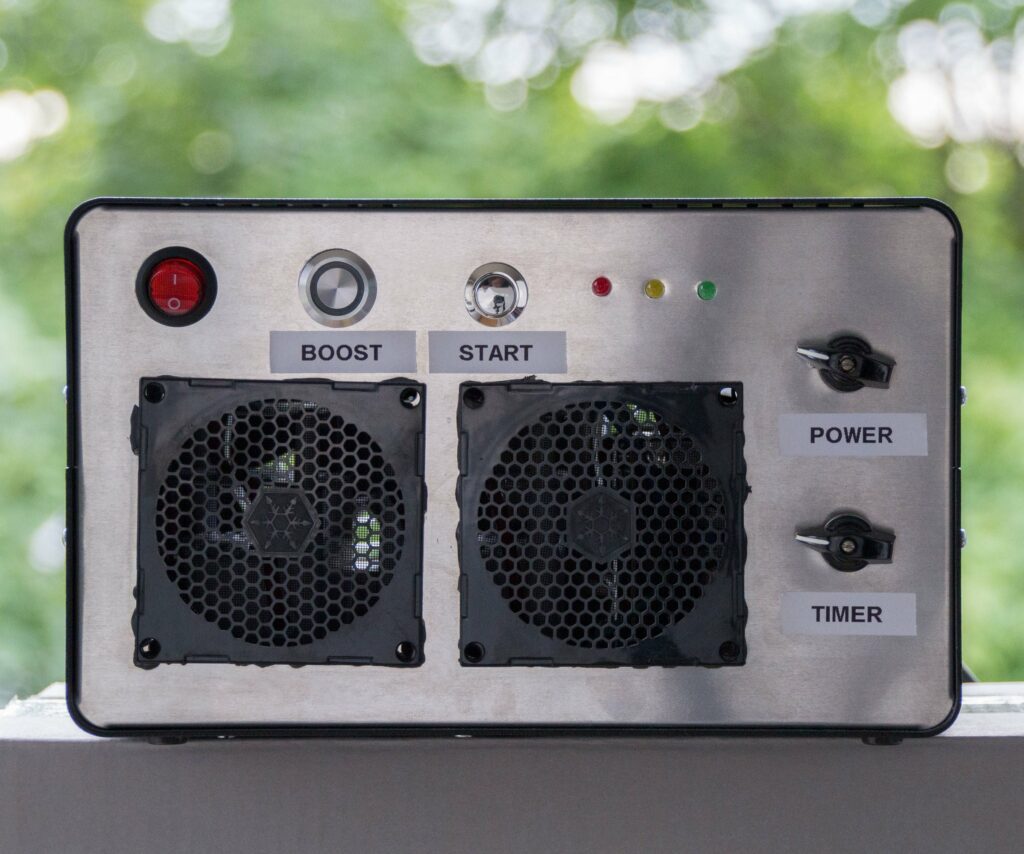You might have heard of mold toxicity, but if you have several chronic symptoms, you might wonder if mold toxicity is a disease caused by mold or an illness caused by mold toxins. Chronic Fatigue Syndrome symptoms, allergy symptoms, and autoimmunity can be caused by mold or buildings with water damage. But the pertinent question is if mold toxicity should be blamed.
It is to be known that mold toxicity symptoms can manifest in a person differently, but medical experts believe that they don’t have a role in severe illness. Today, we will look at more information on mold toxicity and which test can help in its diagnosis.
What Is Toxic Mold?
It is an illness that is caused due to exposure to mold biotoxins and mold spores. Toxic substances such as molds and bacteria make biotoxins. Mold toxicity is identified as the reason for symptoms of illness in humans and animals that occur because of exposure to mold food. However, one can also get sick owing to mold growth in water-damaged buildings.
It is still not clear if people get ill because of extended exposure to airborne mold or biotoxins present indoors.
Symptoms of Mold Toxicity
Studies are being carried out on the probable health effects of getting exposed to mold. According to a study, there is a positive link between chronic mold exposure and inflammation. There is the risk of sick building syndrome, which is caused owing to exposure to the building they work in or live at. Mold exposure can lead to systemic inflammatory responses, and they can contribute to cardiac diseases as well as gum diseases.
But there is still a need for strong evidence to support the study or confirm how systemic mold toxicity works. However, many people become ill from mold exposure by staying in moldy buildings and witness improvement when they get treated for mold illness. It is challenging to determine who needs mold treatment. It can be identified based on signs of mold toxicity and some tests.
What Is the Test for Mold Toxicity?
One needs to be really careful when getting the test done for mold toxicity, as unproven tests can delay the diagnosis and waste money. Sometimes, the symptoms can be due to health issues such as gut problems, thyroid, hormone imbalance, etc. However, it is essential to get the tests done to get hold of the hidden mold toxicity.
You can consider the mold toxicity test if:
- You have changed your lifestyle and made amendments for healing your gut but are still not feeling better.
- You are witnessing symptoms of mold toxicity.
- You have to face toxic mold rash along with other symptoms of mold.
- You can consult an experienced and trusted medical practitioner who can help. It is to be known that a mold toxicity test is never a do-it-yourself thing.
If you successfully meet these criteria, you can consider getting the body as well as your home tested for mold. This will offer you a way of dealing with symptoms and improving them.
What Does Toxic Black Mold Look Like?
The toxic black mold looks greenish black in color. It is often found growing on paper, decaying old wood, leaky areas, and food items. It might also have a furry texture. Though it is termed black mold, it has a greenish-black hue.
What Are the Treatments For Mold Toxicity?
The two main aspects of mold treatment are removing mold exposure and enabling the body to detoxify.
If the source of mold is home/workspace, one needs to stop staying or visiting the place until mold remediation treatment is performed. It can be done with the help of an indoor air specialist or mold cleaning experts. Once the external environment is cleaned, it’s time to enable the body to detoxify from mold toxicity.
Supporting gut health is usually done after consultation with healthcare experts, and it is often done along with more intense detoxification. Often, the idea is to health the gut and then detox, and Probiotics supplements can help with detoxification.
Once the gut heals, the medical practitioner will use medicines for further detoxification of mold from the body and offer supplements for vitamins A, C, and E for gut healing. Antihistamines can also help with symptom relief.
Ozone Therapy for Mold Toxicity Treatment
One of the unconventional and natural forms of treatment that has been catching a wave in recent years is ozone therapy. Though it has been in existence for decades, it has gained prominence in the past decade. Ozone therapy is used to treat various illnesses and health conditions, and mold toxicity is one of them. Ozone therapy promotes a sense of well-being in general.
In recent years, studies supported the claims that ozone has potent oxidation properties for destroying viruses, bacteria, parasites, and fungi, including mold. It has been found that ozone has the ability to detoxify biological systems. Medical ozone is generated by running pure oxygen from an ozone generator. There are different ways of administering ozone to the human body.
The type of administration depends on the disease to be treated. There is ozone injection, ozone IV therapy, ozone insufflations, ozone sauna therapy, ozone oils, and more.
Ozone sauna can prove to be effective in treating mold toxicity as it removes toxins via sweat. The heat produced from the sauna causes hyperthermia which destroys fungi effectively.
Autohemotherapy is the process that draws a patient’s blood and ozonates it to infuse it back into the body. It is found to be effective in treating diseases that reduce inflammation caused by a bacterial or fungal infection.
Direct injecting ozone can also help as it offers immediate relief from pain and inflammation.
Ozone can also be helpful in activating the immune system and the body’s antioxidant system, which strengthens the ability to fight toxic mold. Ozone also promotes cell regeneration and enables the body to heal itself.



